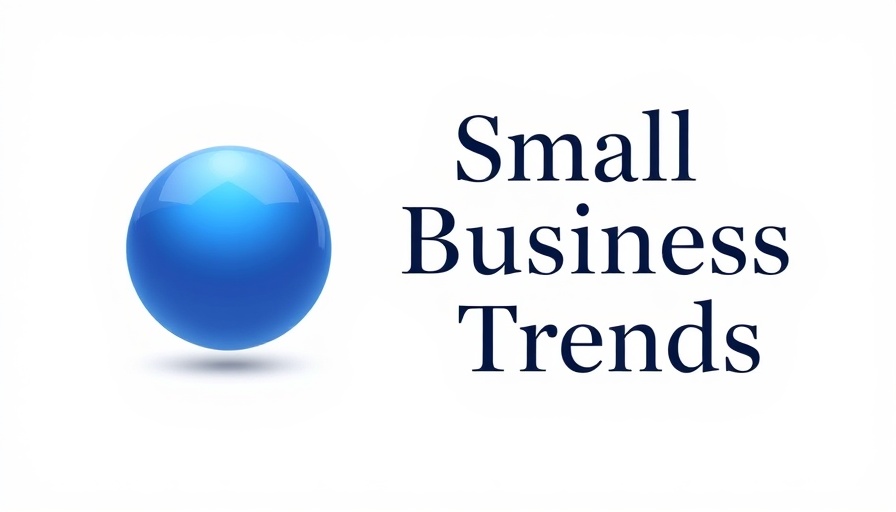
Navigating Growth Amidst Trade Challenges: Insights from Provident Bank’s Survey
The recently released Provident Bank Mid-Year Business Outlook Survey paints a complex picture of the U.S. business landscape heading into the latter half of 2025. Conducted by Pollfish, the survey engaged 1,000 executives from companies generating over $1 million yearly, revealing that while business owners anticipate growth, they remain apprehensive about the ramifications of ongoing trade tariffs.
Business Optimism Despite Tariff Concerns
A remarkable 60% of surveyed business leaders forecast economic growth in the upcoming six months. This optimism stands in stark contrast to the palpable concern regarding tariffs, with over 70% of respondents expressing at least moderate alarm about how tariffs may impact their operations. Bill Fink, Executive Vice President and Chief Lending Officer at Provident Bank, noted the resilience of businesses in adapting to economic pressures.
Tariffs: A Double-Edged Sword
While 55% of respondents claim that tariffs adversely affect the U.S. economy, the direct impact on their own operations seems minimal, with more than 80% indicating that tariff effects are either “somewhat” or “none.” However, the uncertainty leads businesses to adjust strategies; 41.7% of leaders plan to delay capital expenditures, focusing instead on managing inventory levels closely.
Divided Opinions on Tariff Policy
Opinions on tariff policy are varied, with 45% of business owners pushing for their complete elimination, while about 20% argue for retaining them in their current form. Interestingly, over 50% believe tariffs are detrimental to the country's economic health. This divide underscores a complex relationship between protectionist measures and their actual effects on business vitality.
The Impact of Tariff Costs on Businesses
Businesses are considering how to handle the financial impact of tariffs. More than one-third intend to pass these increased costs to customers, while around 30% plan to absorb them internally. This strategic choice could affect price points, customer relationships, and overall market positioning moving forward.
The Future of Hiring and Sales Strategies
When it comes to hiring, nearly half of the surveyed executives reported no change in their workforce plans, with just under 30% choosing to freeze hiring. These metrics suggest that while companies are wary of external pressures, many still view talent acquisition as a crucial element of their growth strategies. Furthermore, companies are increasingly shying away from sales promotions to boost demand, with one-third taking no action and another third still evaluating their options.
Strategic Adaptation: A Key to Success
The survey reveals that businesses are not just waiting for favorable conditions. They are proactively managing their challenges, innovating, and planning capital expenditures in response to tariff pressures. Such strategic actions denote a robust health in business foresight and resilience, essential components in the face of trade uncertainties.
Concluding Thoughts on Economic Health
The findings of the Provident Bank survey reveal an intricate blend of optimism and caution among business owners as they prepare for the upcoming months. With a strategic lens on operational adjustments and a nuanced understanding of the economic landscape, companies are poised to not only survive but grow in challenging times.
As the economic climate continues to evolve, staying informed and adaptable will be critical for businesses. Understanding the ongoing implications of tariffs on operations and market trends will empower entrepreneurs to thrive despite uncertainties.
 Add Row
Add Row  Add
Add 



Write A Comment